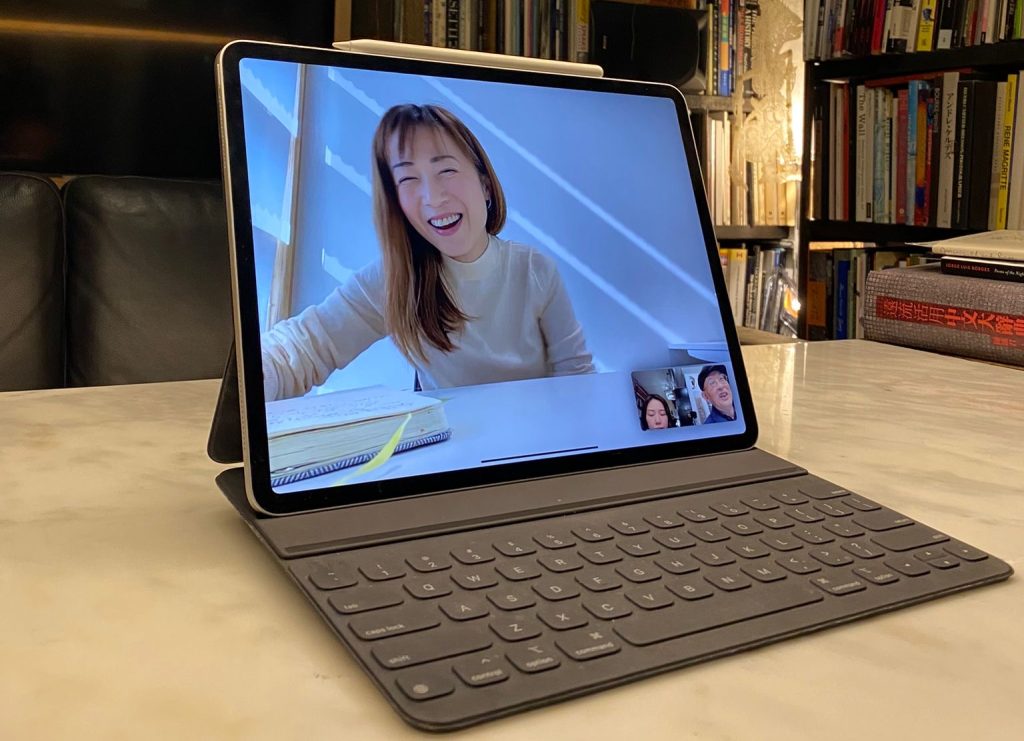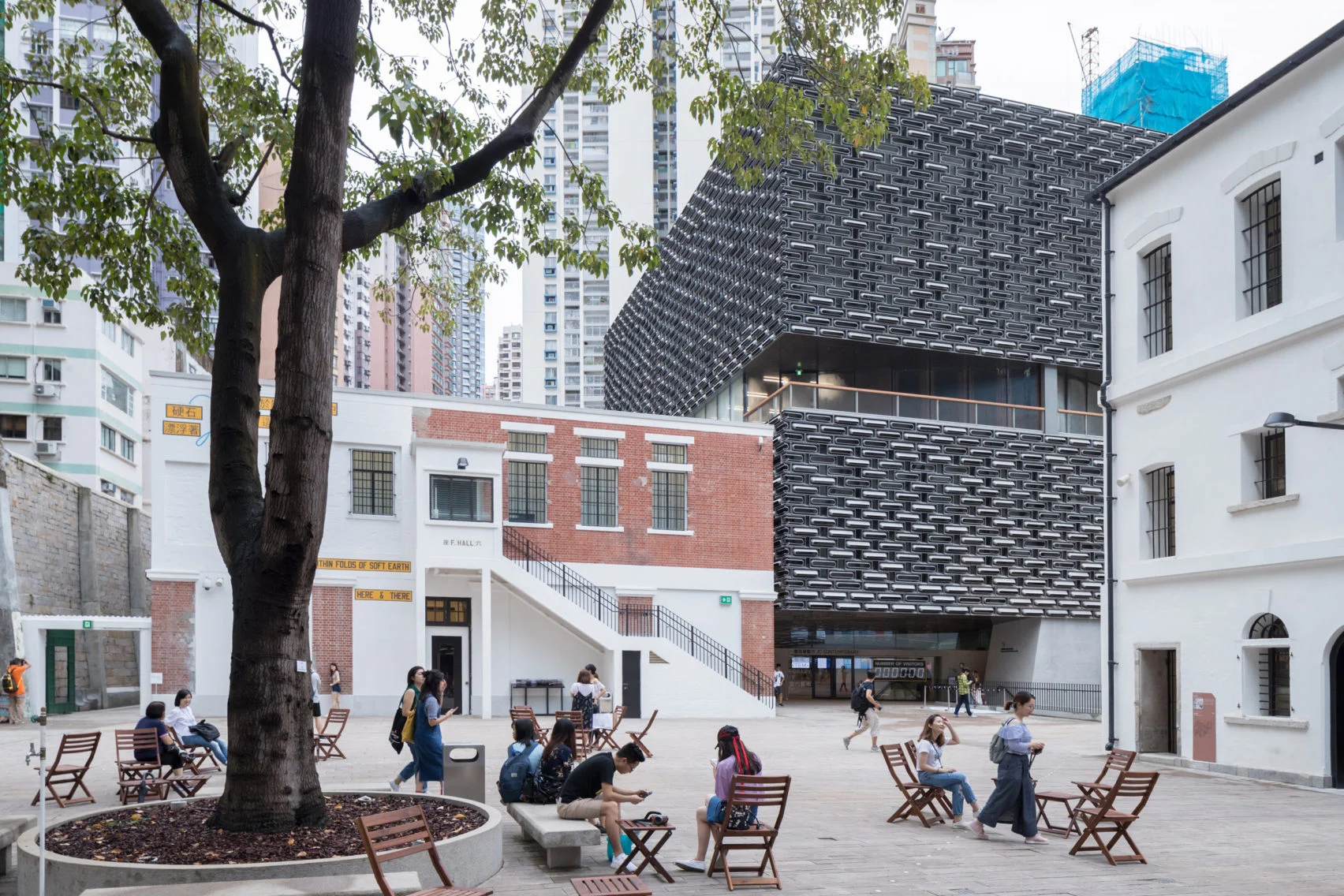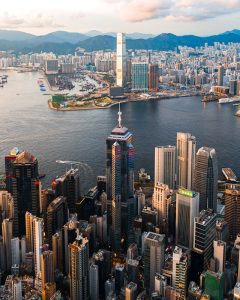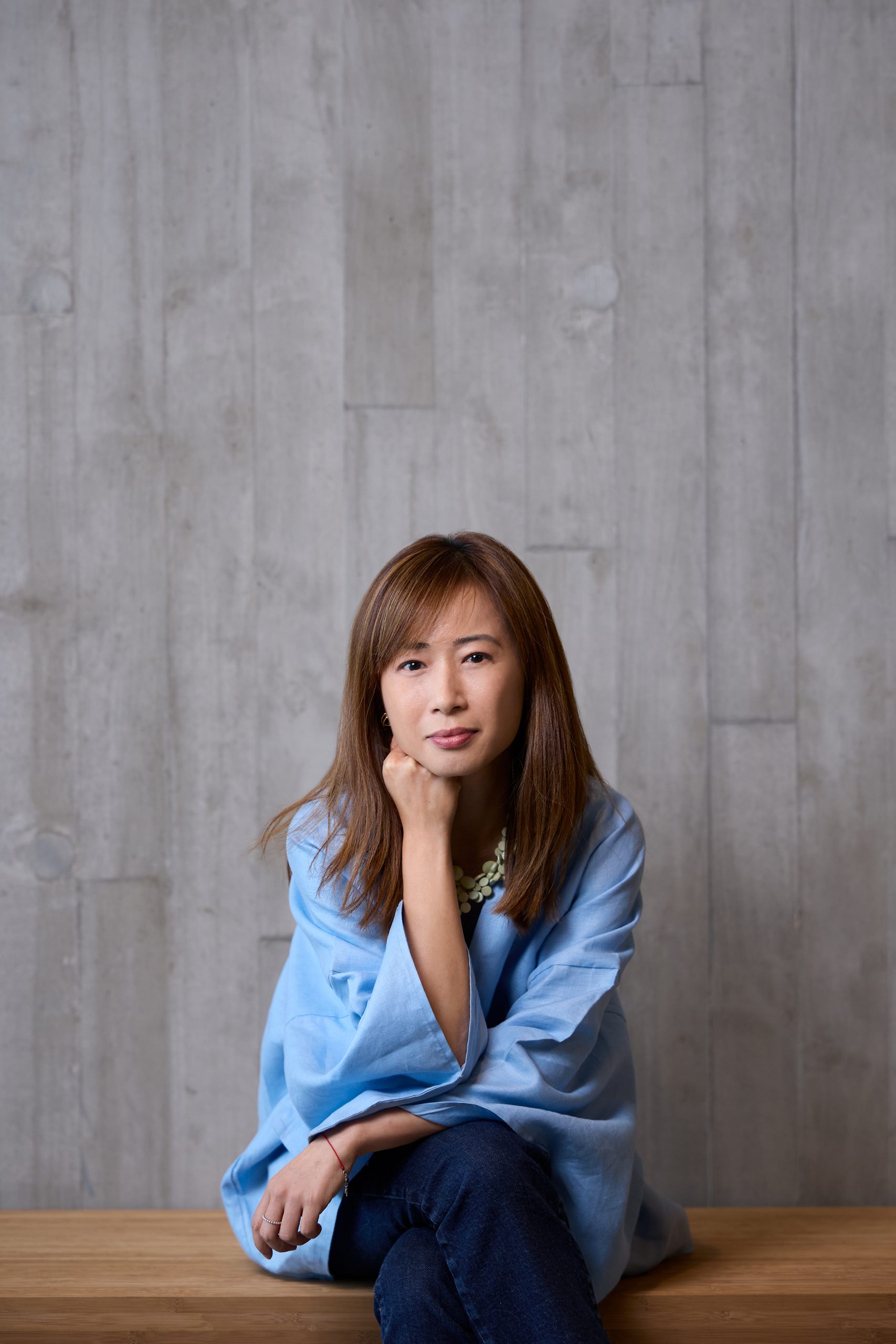Isabella Tam is Curator of Visual Art at M+. Her expertise lies in contemporary art in Asia with a specific focus on the parallel development and exchanges of Chinese art, Japanese art, and photography in global contemporary discourse. She was part of the inaugural curatorial team that curated the museum’s opening collection display, M+ Sigg Collection: From Revolution to Globalisation, one of the largest and most comprehensive collections of contemporary Chinese art in the world, and organised the hugely successful retrospective of Yayoi Kusama: 1945 to Now (2022), which was toured to Guggenheim Bilbao in Spain (2023) and Serralves Museum of Contemporary Art in Portugal (2024).
In this interview, we speak to her about the role of photography in contemporary art and visual culture, her favorite artists and the cultural role of museums today.

Isabella Tam in a Zoom conversation with artist-researcher Sharon Lee and Toronto-based photographer Lee Ka-sing of his photography magazine projects
What was the first photograph that made an impact in your life?
Man Ray’s 1924 photograph Le Violon d’Ingres (Ingres’s Violin) from 1924 was an important first encounter that changed my interest in photography. In this photograph, Man Ray’s muse, Kiki de Montparnasse posed like Ingres’ model, showing her back in nude and facing slightly to her left and wearing a turban. After the photograph was taken, Man Ray painted the f-shaped-holes of a violin on Kiki’s back, and then rephotographed. Despite the many discussions about the objectification of women by Man Ray in this work; to me, this remains one of the most important surrealist works of the 20th century and opens my interests in image-making and helps me appreciate the poetic quality of photography. Encountering this work also opens the window for me to look at similar works from my part of the world, especially from Japan like Hirai Terushichi’s Blue Sky (1938) and Fantasy of the Moon (1938), and Yasui Nakaji’s Composition Gyroscope (1938). Their intelligent layering offers different reading to the image itself and sparked conversations among artists during the wartime. Even though these are modernist works, their legacy can still be seen in contemporary works and in the photographic experimentation in Hong Kong during the 1980s and early 1990s, prior to the digital age.
Can you speak to your interest in photography and how much photography features in your role at M+?
With my background as an art historian rather than a practitioner, I often see photography as part of rather than separate from art history. M+ is a new kind of museum; we adopt an interdisciplinary curatorial approach rather than dividing our specialties by medium. This actually provides greater flexibility for me to place photography among visual art, design & architecture and moving image, and make the point that photography is essential to visual culture. I am a curator responsible for the Museum’s Council for New Art, an initiative that allows us to capture contemporary artists who practice photography in a non-traditional format, such as through installation, and who generate interesting dialogues, in particular through moving image practices.
'In an extremely challenging world, these works are reminders of the complexity and interconnectedness of the world and its history'
What do you find especially rewarding or challenging about curating today, especially photography, video and photo-based work?
There has been a shift of interest towards re-evaluating art and history from Asia. For example, people are now more interested in reviewing photojournalistic works by Marc Riboud and Agnès Varda, documenting their trips to Asia prior to the internet, the multi-chapter installations by contemporary Singaporean photographer-artist Sim Chi Yin who worked with photographic archives and personal stories to look at a particular history of the Malayan Emergency (1948-1960), and Chinese artist Wang Tuo’s impressive video installation, Northeast Tetralogy (2018-2021) which investigates a hundred year of history of Northeast China and its affinities with Korea. While the work of Riboud and Varda provides a classical way to look at Asia and reminds us of photography’s important role during the Cold War, Sim’s gentle intervention into the archive unveils what lay unsaid behind the image and presents the complexity of the Cold War history. Wang Tuo’s deep research and video works deep dive into Northeast China to see the wider history of Asia. In an extremely challenging world, these works are reminders of the complexity and interconnectedness of the world and its history. Being a curator, I am in a privileged role of having the opportunity to access these invaluable materials. It is very important to me to be in a position to speak with artists to rediscover and preserve these stories.
What do you see as the role of institutions like M+ in expanding the conversation on global visual culture?
As a new institution soon to celebrate its 3rd anniversary, I believe M+ has a lot of potential to expand the global story of visual culture. Firstly, we were created with the mandate to be a ‘visual culture’ museum. Secondly, we were not created as a national museum, and so don’t have the burden of telling a national story. With such a background, we can focus our curatorial work on bringing Hong Kong and Asia’s unique experimental spirit and fluidity in dialogue with international discourse. Our current collection exhibition, Shanshui: Echoes and Signals is a good example of this point. Shanshui, literally means ‘mountain and water’ or ‘landscape’, and is a cultural legacy integral to Chinese philosophical thinking and poetic imagination, motivating ink painting across Asia. The exhibition takes us far beyond ink painting however, and helps us observe contemporary reality through new lenses of photography, painting, sculpture, video, graphic design and design objects. It covers all three disciplines embedded within our museum — visual art, design & architecture and moving image — and practitioners from across generations and geographies including Zao Wou-ki, Rong Rong & Inri, Sookoon Ang, Amar Kanwar and Tatsuo Miyajima, to consider contemporary landscape as visible nature and invisible digital world.
Hong Kong Art Week is a time of activations across institutions, fairs, galleries and auction houses. Can you share your thoughts on how various sectors of the art world can collaborate, share resources and create a robust arts ecosystem?
Every year, Hong Kong Art Week is becoming busier and more exciting. With museums, fairs, galleries and independent art spaces running programmes and projects across the city, there is no shortage of events for professionals and visitors. Over the years, there has been a lot more cooperation among institutions in this month, in terms of coordinating dates of events to institutional collaborations.
'We can focus our curatorial work on bringing Hong Kong and Asia’s unique experimental spirit and fluidity in dialogue with international discourse.'
What are the most interesting photographic/photo-based practices you are seeing today? Where do you find them? What do you hope to see more of in the future, in terms of photographic making and curation?
I find work by the Japanese artist Lieko Shiga extremely powerful. Her images are like dreamscapes set in the Miyagi prefecture in Northeast Japan, where she lives, not a mere documentations of daily life, but deeply engaged with the place and the people who live there. The photographs critically reflect on contemporary society and concepts of human nature, center and periphery, death and mourning, boundaries and freedom, and the fine line we need to toe to find harmony with nature. The combination of visuals and emotion in her photographic works is deeply touching. Her works are like songs for resistance in the midst of darkness, that sing for the harmony of life and nature.
I am also seeing artists work with the latest technology and artificial intelligence (AI) to create all sorts of interesting art practices. Recently I was part of the jury of the Three Shadows Photography Award and observed that artists are seeking to work with AI in smarter ways to create meaningful work. The young Chinese artist, Chen Chuanduan created Belly of the Giant Serpent (2023) a fictional work based on collective trauma during COVID-19. In this work, Chen used text-to-image AI tools to create images and weaved them with images sourced from reality and photos shot by himself. Viewing the work takes me into a rabbit hole of questioning the authenticity of the images — what is real and what is not real. Chen’s photos bring me a wonderful visual dizziness. They are highly metaphorical without directly commenting on reality. Work like this reminds me of the imaginative and magical value of modern photography, and how these qualities carry on in the contemporary photography of the 21st century.
Do you have any tips or recommendations for visitors and collectors interested in photography and photo-based works?
See more exhibitions. Contemporary art evolves constantly. It’s important to have the open mind of accepting newness.
PHOTOFAIRS Hong Kong will take place 26-30 March 2025 (VIP Preview March 26) at the Central Harbourfront.



